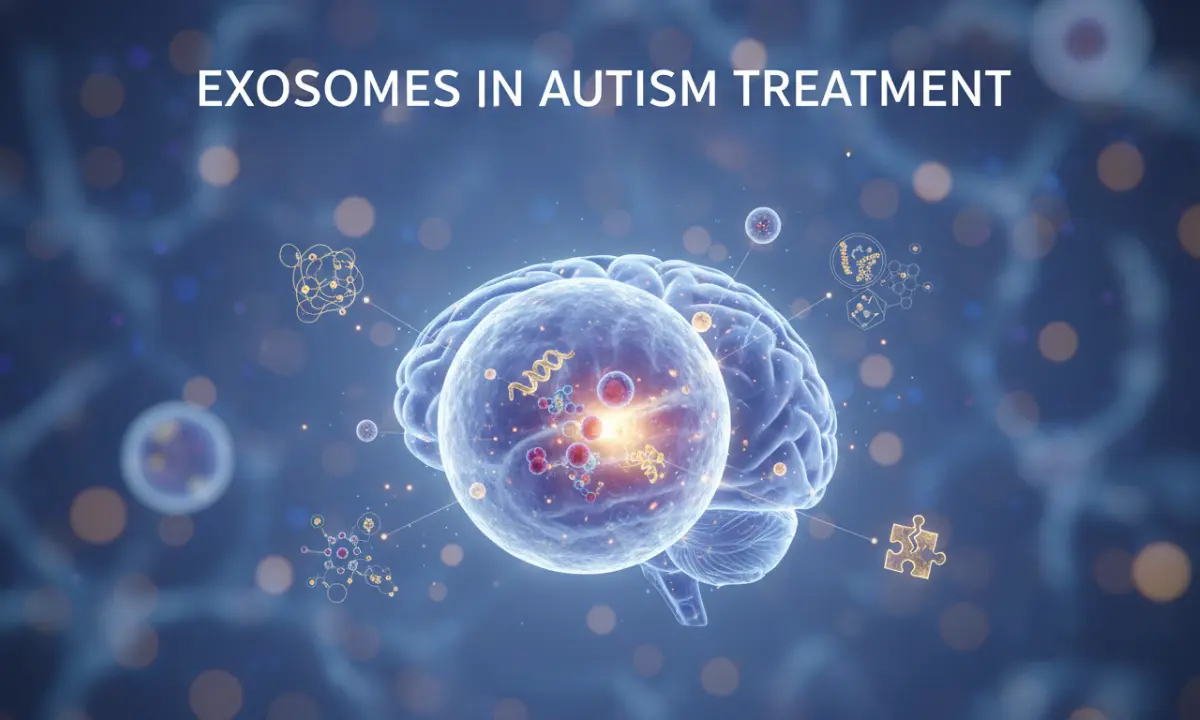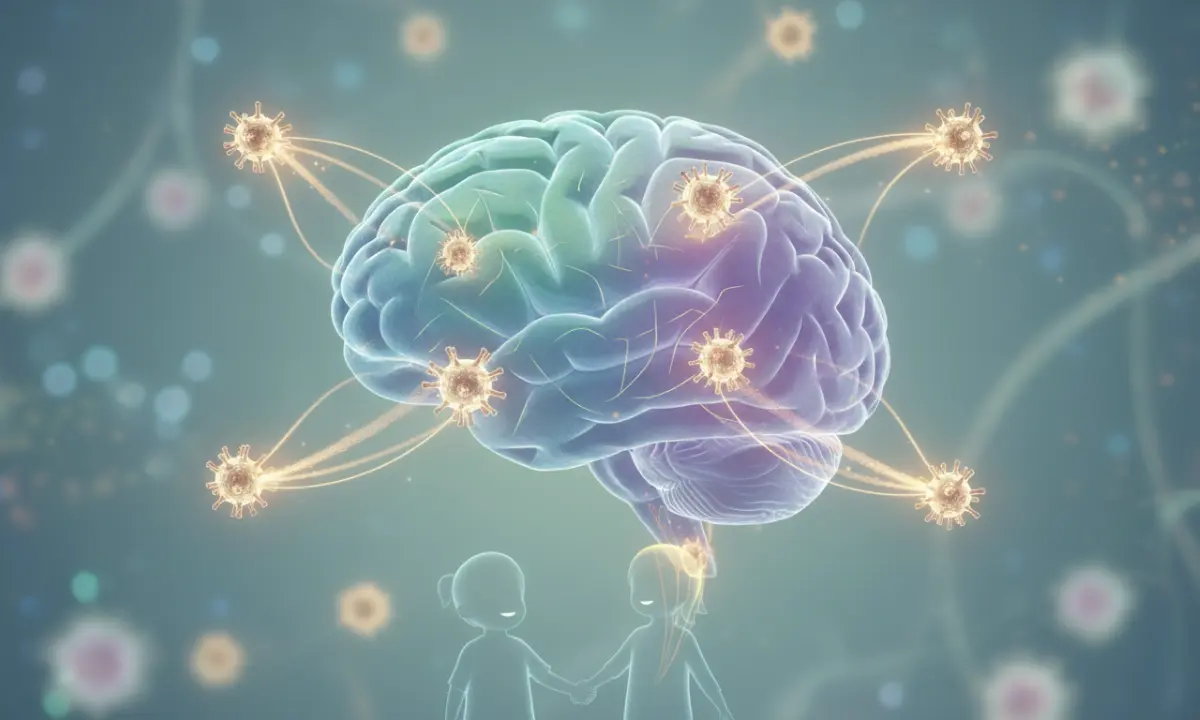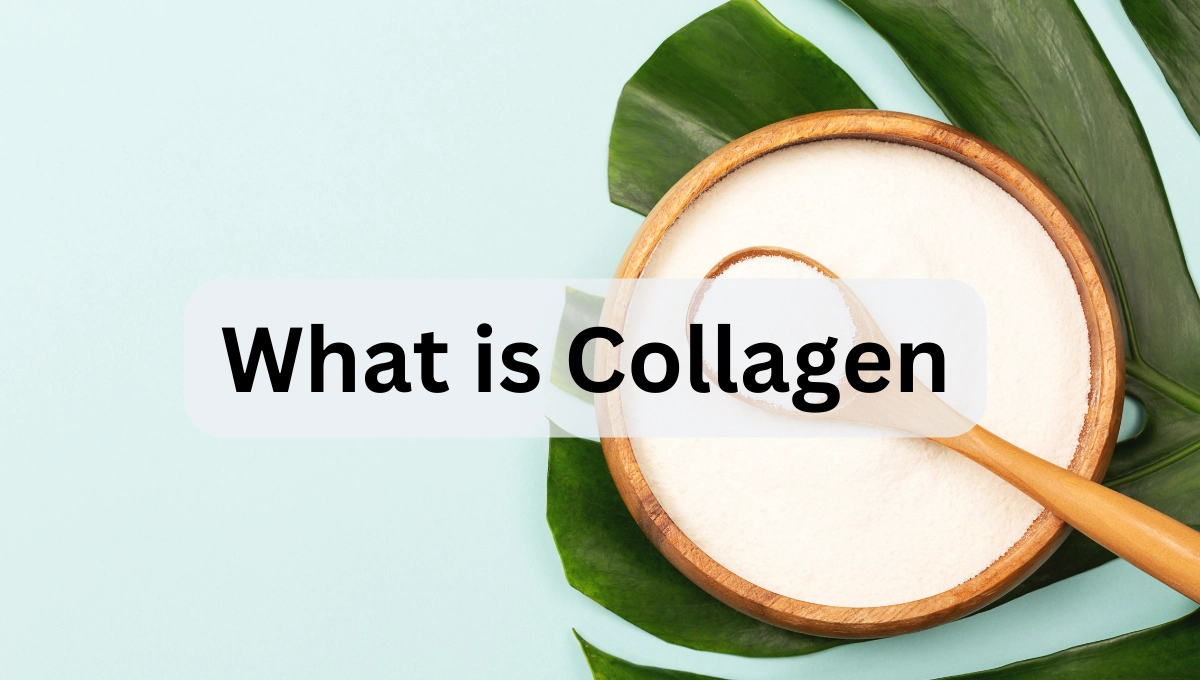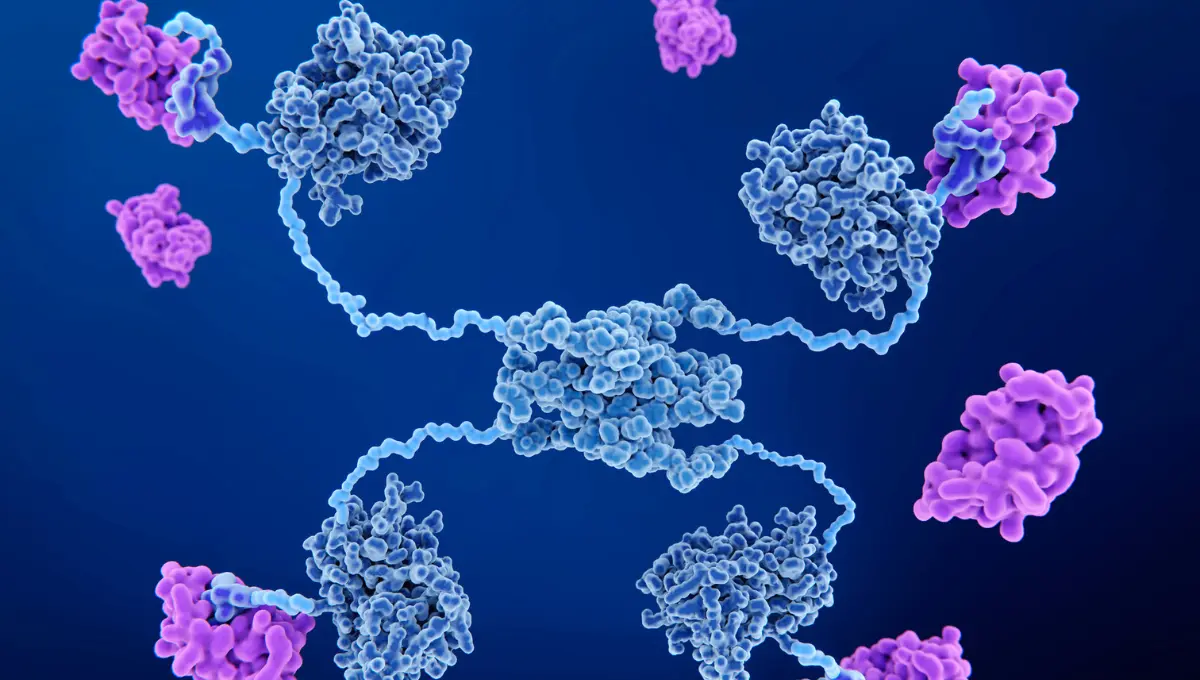Fresh vs. Frozen Stem Cells: Why IRM’s “Harvested Same Day” Approach Matters
In the world of regenerative medicine, the promise of stem cell therapy rests on one simple factor: quality.While both stem cell and bone marrow transplants are used in regenerative treatments, understanding their differences highlights why IRM’s focus on mesenchymal stem cells is so effective.A patient’s potential for improvement is directly linked to the health, vitality, and potency of the cells they receive.Yet a critical, often overlooked variable in stem cell treatment is the condition of the cells themselves. Are they fresh, active, and ready to work? Or are they “viable but stressed,” having just survived a traumatic freezing and thawing process?This
The Role of Exosomes in Autism Treatment: Beyond Stem Cells
For years, the conversation around regenerative medicine and Autism Spectrum Disorder (ASD) has centered on mesenchymal stem cells (MSCs). But what if the stem cells themselves are only part of the story?Dr. Salman Gilani and the IRM team continue to pioneer advanced regenerative treatments that integrate stem cells and exosomes.Table of ContentsWhat if the most powerful component of this therapy isn’t the cell, but the message it sends?The Synergistic Effect: Why 75-100 Billion Exosomes?Key Benefits of Exosomes for AutismBeyond the Cell: The Future of ASD TherapyWhat if the most powerful component of this therapy isn’t the cell, but the message
How Mesenchymal Stem Cells (MSCs) Can Improve Autism Symptoms
Autism Spectrum Disorder (ASD) is a complex neurodevelopmental condition. While behavioral interventions are key, emerging research in regenerative medicine is opening a promising new door: mesenchymal stem cells (MSCs).This therapy is moving from the purely theoretical to the clinical, and many parents are asking: How can cells possibly help with a condition like autism?The answer lies not in “replacing” the brain, but in healing the body. Here’s a breakdown of the science behind mesenchymal stem cells, autism therapy, and how it works.Table of ContentsWhat Are Mesenchymal Stem Cells?How Stem Cells Work for Autism: A Three-Part ProcessThe Source Matters: Why High-Quality Umbilical
Stem Cell Transplant vs Bone Marrow Transplant: Understanding the Differences and Advancements in Regenerative Medicine
In regenerative medicine, stem and bone marrow transplants are critical therapies for various life-threatening conditions. These procedures, pivotal in treating diseases like leukemia, lymphoma, and multiple myeloma, have transformed patient outcomes across hematology. This article delves into the nuances of each treatment, comparing their methodologies, applications, and innovations shaping their future.Understanding the Fundamentals of TransplantationBone Marrow Transplant: The Traditional ApproachA bone marrow transplant involves replacing damaged or diseased bone marrow with healthy stem cells. Bone marrow, the soft, fatty tissue inside your bones, produces blood cells from hematopoietic stem cells. The transplant aims to replenish the body’s ability to produce
Stem Cell Therapy Comparison with Other Healing Methods
In the evolving landscape of medical treatments, stem cell therapy comparison emerges as a groundbreaking option, offering new hope and possibilities for patients with various conditions. This article compares stem cell therapy with other healing methods, exploring its unique advantages, applications, and considerations against more traditional and alternative treatments.Understanding Stem Cell TherapyStem cell therapy, or regenerative medicine, involves using stem cells to repair or replace damaged tissues and cells. This innovative approach can treat various health issues, from chronic diseases to acute injuries and degenerative conditions. The foundational science behind stem cell therapy relies on cell differentiation and proliferation, where stem cells transform into
The Main Types of Collagen: What You Need to Know
Collagen is the most abundant protein in the human body, playing a pivotal role in constructing our skin, bones, muscles, tendons, and ligaments. The fascination with collagen has transcended medical boundaries, entering the realms of beauty, nutrition, and general wellness. This article delves deep into the different collagen forms, exploring their sources, benefits, and the numerous applications they find in our daily lives.Understanding the Various Forms of CollagenCollagen is not a singular entity but comes in various forms with unique properties and benefits. Here, we explore the most prevalent types integral to human health and beauty.Type I Collagen: The Bedrock
What is Collagen: The Essential Protein Powering Beauty and Health
Collagen is more than just a buzzword in the beauty and wellness industry; it is a fundamental element that is woven into the very fabric of our biology. This protein is pivotal for maintaining the structural integrity of our skin, bones, and connective tissues. It's not only a cornerstone of health but also a beacon of youthful vitality and longevity.Understanding Collagen and Its ImportanceCollagen is the most abundant protein in the human body, making up about a third of our total protein composition. It forms a scaffold to provide strength and structure, supporting everything from skin elasticity to joint functionality.
Halting Scarring: A Look at Fibrosis Inhibition
Fibrosis is a complex biological process characterized by the excessive accumulation of extracellular matrix components, including collagen, which can lead to the scarring of various tissues and organs.This scarring process interferes with the normal function of the affected organs, making Fibrosis a significant contributor to morbidity and mortality in diseases such as pulmonary Fibrosis, liver cirrhosis, and renal Fibrosis.The inhibition of Fibrosis, therefore, represents a crucial area of medical research, focusing on developing strategies and therapies to prevent or reduce this pathological tissue remodeling.Understanding the Biological Basis of FibrosisAt the heart of Fibrosis is the pathological accumulation of
Angiogenesis: The Vital Process of Blood Vessel Growth and Its Impact on Health
Angiogenesis, the formation of new blood vessels from existing ones, is a cornerstone of human physiology and pathology. This intricate process is pivotal not only in normal body functions such as wound healing and reproduction but also plays a critical role in disease progression, particularly in cancer and ischemic diseases. Understanding angiogenesis provides insights into potential therapeutic targets and diagnostic approaches, making it a vital area of medical research.The Biological Basis of AngiogenesisAt its core, angiogenesis involves the proliferation and migration of endothelial cells, which line the interior surface of blood vessels. These cells respond to various signals, such as
Anti-apoptosis: Exploring the Mechanisms of Cell Survival and Therapeutic Implications
Apoptosis, or programmed cell death, is a crucial biological process that ensures the proper development and functioning of living organisms by eliminating unnecessary or damaged cells.However, the inhibition of apoptosis, also known as anti-apoptosis, plays a pivotal role in various physiological and pathological contexts, particularly in the realm of oncology and neurodegenerative diseases.This article delves into the mechanisms of apoptosis inhibition, explores its biological significance, and discusses the therapeutic potentials and challenges associated with modulating apoptosis pathways.The Biological Basis of Apoptosis InhibitionApoptosis is a highly regulated process that involves a series of molecular events designed to carry out
















